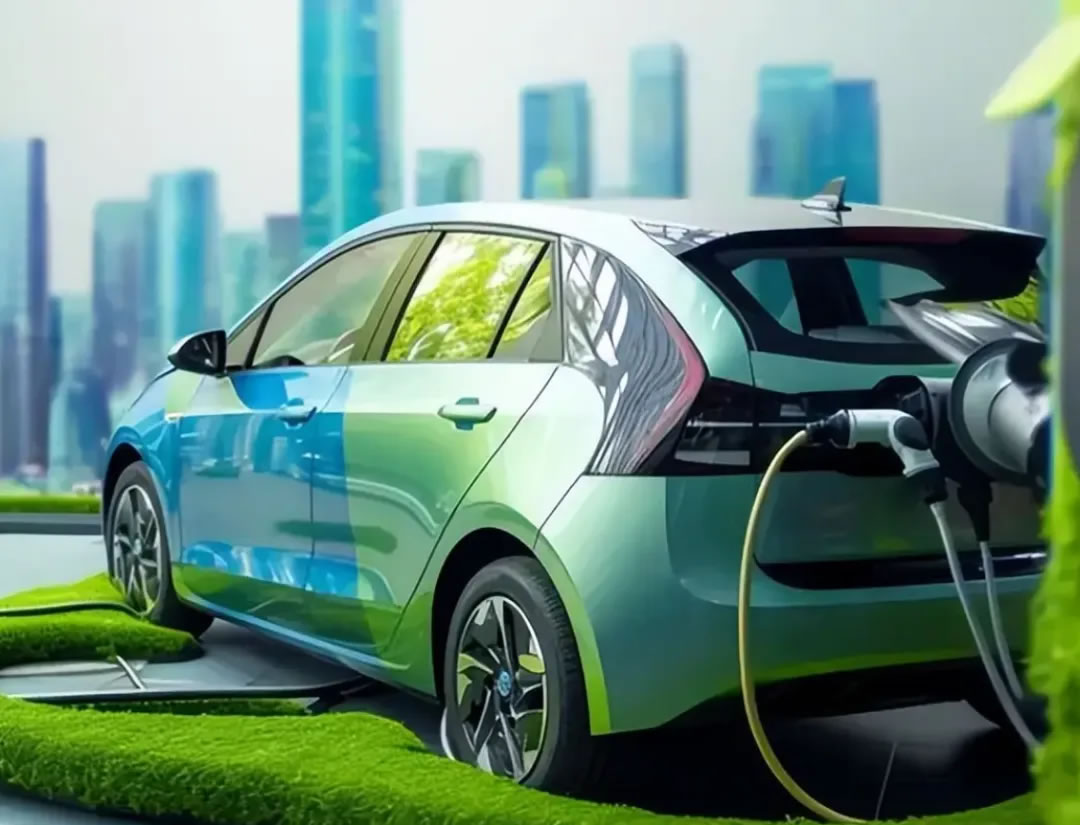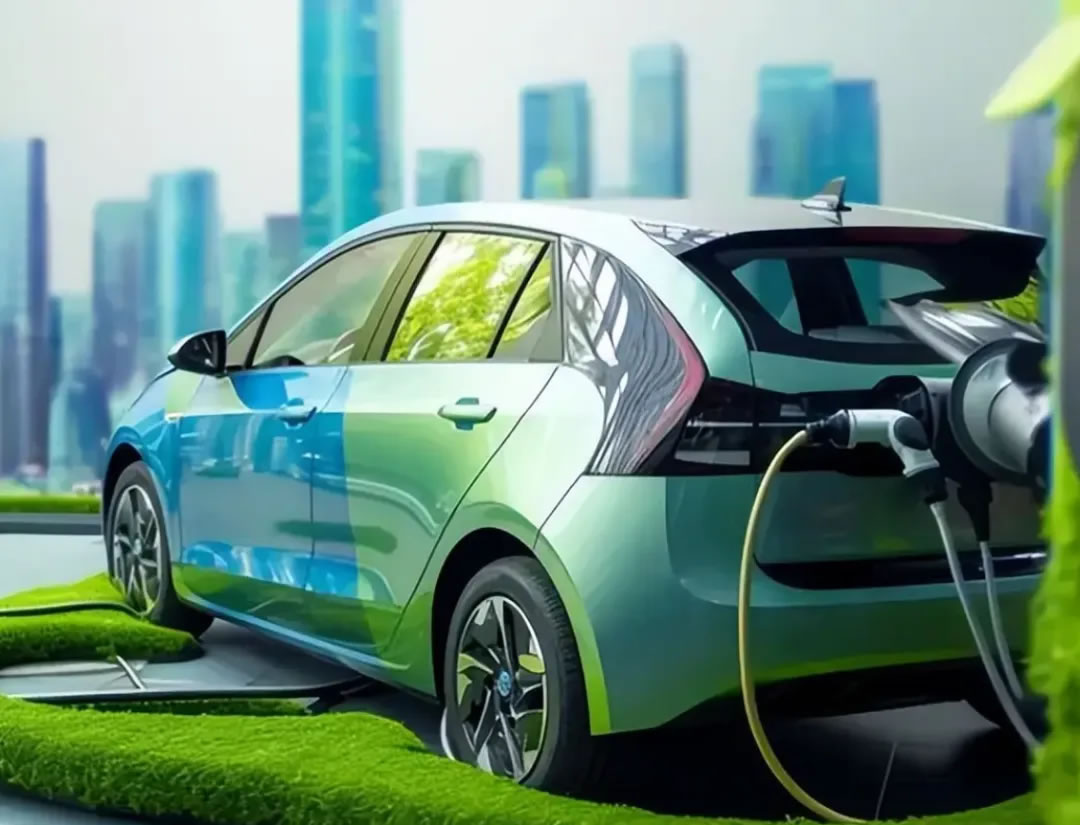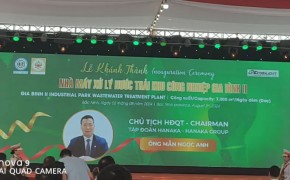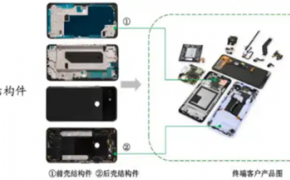中国新能源汽车7月份产销双增,新能源汽车新车销量达到汽车新车总销量的43.8%。
据中新社报道,中国汽车工业协会星期五(8月9日)发布数据显示,7月中国新能源汽车产销保持较快增长,分别完成98.4万辆和99.1万辆,同比分别增长22.3%和27%,新能源汽车新车销量达到汽车新车总销量的43.8%。

今年1至7月,中国新能源汽车产销分别完成591.4万辆和593.4万辆,同比分别增长28.8%和31.1%。在新能源汽车主要品种中,与上年同期相比,纯电动、插电式混合动力和燃料电池三大类新能源汽车品种产销均呈不同程度增长。
此外,7月中国汽车产销分别完成228.6万辆和226.2万辆,同比分别下降4.8%和5.2%。1至7月,中国汽车产销分别完成1617.9万辆和1631万辆,同比分别增长3.4%和4.4%。
1至7月,汽车销量排名前10位的企业(集团)共销售1380.3万辆,占汽车销售总量的84.6%。在汽车销量排名前10位企业中,与上年同期相比,上汽集团、中国一汽、广汽集团和北汽集团销量呈不同程度下降,其他企业销量均呈不同程度增长,其中奇瑞控股增速最为显著。
其中7月份新能源汽车国内零售渗透率超50%。所谓渗透率,是指一个用于衡量某种产品或服务在特定市场中的普及程度或市场占有率的概念。数据显示,7月份,新能源汽车市场零售87.8万辆,同比增长37%,环比增长3%。新能源汽车国内零售渗透率51.1%,较去年同期36.1%的渗透率提升15个百分点。也就是说,在乘用车新车销售中,每100辆车中有超过一半是新能源车。
另据交强险数据显示,上半年,国内重卡行业销量缩至30万辆,同比下滑5.7%。不过,新能源重卡市场逆势上扬,销量猛增至2.8万辆,同比飙升141%,渗透率攀升至9.2%,尤其6月单月渗透率跃升至14.8%,展现出强劲的增长势头。
同时,新推出的“以旧换新”补贴政策,为新能源重卡市场再添一把“火”,最高可达14万元的补贴额度,将进一步激发市场购买热情,推动销量持续增长。
针对国内新能源汽车市场的月度渗透率首超50%,乘联分会进行了多维度分析。
一是中国制造业不断强大,带来产业链优势赋能,装备制造业和零部件产业的电池、电机、芯片等具有超强优势。
二是乘用车行业开放发展的指导思想,促进了互联网企业、智能消费制造企业、国际新能源车企等全面进入,促进了行业竞争和创新能力提升。
三是7月份国家推出乘用车报废更新政策,纯电和插混等新能源汽车相较常规燃油车的补贴高出0.5万元,进一步助力国内新能源汽车行业发展。
四是中国车企创新性发展插混技术,实现了狭义插混和增程式的技术突破,丰富了世界新能源汽车发展的技术线路,也进一步促进了国内新能源汽车市场的渗透率提升。
市场反馈的信息也显示,新能源车的补贴从1万增加到2万,燃油车的补贴从7000增加到15000。置换群体中,75%选择新能源车,包括比亚迪、吉利、长安和特斯拉等;25%选择燃油车,主要是帕萨特、迈腾、雅阁和凯美瑞等,实际成交价在十六七万左右。
以旧换新的用户更倾向于价格锁定在15万元左右,SUV车型较多。部分经济条件较好的用户会选择换到25万元甚至更高的车型。2万元的补贴政策使得一些小家庭更倾向于置换20万元以上的车型,受益的价格带从之前的10到15万元上移到15到20万元。
China's new energy vehicle production and sales increased in July, and new energy vehicle sales reached 43.8% of the total new car sales.
According to China News Service, the China Association of Automobile Manufacturers released data on Friday (August 9) showing that China's new energy vehicle production and sales maintained rapid growth in July, completing 984,000 and 991,000 respectively, a year-on-year increase of 22.3% and 27%, respectively, and new energy vehicle sales reached 43.8% of the total new car sales.

From January to July, China's NEV production and sales totaled 5.914 million units and 5.934 million units, up 28.8% and 31.1% y/y, respectively. Among the main varieties of new energy vehicles, compared with the same period last year, the production and sales of pure electric, plug-in hybrid and fuel cell three major types of new energy vehicles have increased to varying degrees.
In July, vehicle production and sales in China totaled 2.286 million units and 2.262 million units, down 4.8% and 5.2% y/y, respectively. From January to July, China's automobile production and sales totaled 16.179 million units and 16.31 million units, up 3.4% and 4.4% y/y, respectively.
From January to July, the top 10 enterprises (groups) in terms of automobile sales sold a total of 13.803 million units, accounting for 84.6% of the total automobile sales. Among the top 10 companies in automobile sales, compared with the same period last year, the sales of SAIC Group, China FAW, Guangzhou Automobile Group and BAIC Group decreased to varying degrees, and the sales of other enterprises increased to varying degrees, among which Chery Holding had the most significant growth rate.
Among them, the domestic retail penetration rate of new energy vehicles exceeded 50% in July. Penetration rate is a concept used to measure the popularity or market share of a product or service in a particular market. According to the data, in July, the new energy vehicle market retailed 878,000 units, a year-on-year increase of 37% and a month-on-month increase of 3%. The domestic retail penetration rate of new energy vehicles was 51.1%, an increase of 15 percentage points from 36.1% in the same period last year. In other words, more than half of every 100 new passenger car sales are new energy vehicles.
According to the data of compulsory traffic insurance, in the first half of the year, the sales volume of the domestic heavy truck industry shrank to 300,000, a year-on-year decrease of 5.7%. However, the new energy heavy truck market bucked the trend, with sales soaring to 28,000 units, soaring 141% year-on-year, and the penetration rate climbing to 9.2%, especially in June, the monthly penetration rate jumped to 14.8%, showing a strong growth momentum.
At the same time, the newly launched "trade-in" subsidy policy has added another "fire" to the new energy heavy truck market, with a subsidy amount of up to 140,000 yuan, which will further stimulate market purchase enthusiasm and promote continuous sales growth.
In view of the monthly penetration rate of the domestic new energy vehicle market exceeding 50% for the first time, the Passenger Federation Branch conducted a multi-dimensional analysis.
First, China's manufacturing industry continues to grow, bringing the advantages of the industrial chain to empower, and the equipment manufacturing industry and parts industry have super advantages in batteries, motors, chips, etc.
Second, the guiding ideology of the open development of the passenger car industry has promoted the comprehensive entry of Internet enterprises, intelligent consumer manufacturing enterprises, and international new energy vehicle companies, and promoted the improvement of industry competition and innovation capabilities.
Third, in July, the state launched a scrapping and renewal policy for passenger cars, and the subsidies for new energy vehicles such as pure electric and plug-in hybrid vehicles are 5,000 yuan higher than those for conventional fuel vehicles, further helping the development of the domestic new energy vehicle industry.
Fourth, Chinese car companies have innovatively developed plug-in hybrid technology, achieved technological breakthroughs in the narrow sense of plug-in hybrid and extended range, enriched the technical line of the world's new energy vehicle development, and further promoted the penetration rate of the domestic new energy vehicle market.
The information from the market also shows that the subsidy for new energy vehicles has increased from 10,000 to 20,000, and the subsidy for fuel vehicles has increased from 7,000 to 15,000. Among the replacement groups, 75% choose new energy vehicles, including BYD, Geely, Changan and Tesla; 25% chose fuel vehicles, mainly Passat, Magotan, Accord and Camry, etc., and the actual transaction price was about 1670,000 yuan.
Trade-in users are more inclined to lock in the price at about 150,000 yuan, and there are more SUV models. Some users with better economic conditions will choose to change to a model of 250,000 yuan or even higher. The subsidy policy of 20,000 yuan has made some small families more inclined to replace models with more than 200,000 yuan, and the price band of benefits has been moved from the previous 10 to 150,000 yuan to 15 to 200,000 yuan.








